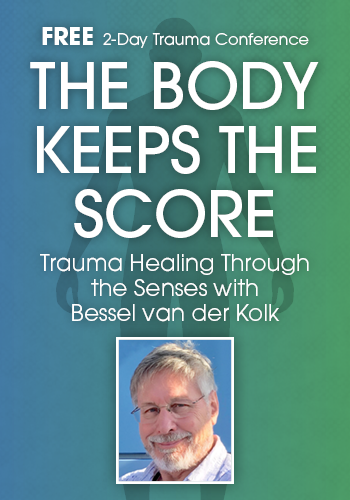Enrol in an online course today for flexible, self-paced learning—no fixed schedule required. Plus, enjoy lifetime access to course materials for convenient revisiting.
Therapy and Yoga (4/5): Exploring Yoga with ‘Talk Therapy’ Clients

The first thing for all therapists to be aware of is that there are many different types of yoga and they exist on a wide spectrum. Yoga ranges from strong physical types – including Ashtanga, hot yoga and power yoga – to more gentle types like Yin yoga, therapeutic yoga and restorative yoga. There are as many variations as there are teachers and students.
Knowing something about this range can help us toward clarity and understanding about what a client may be practicing – and can also help us support clients who are thinking about engaging with yoga for the first time.
Many yoga studios and gyms ask students to sign a release that says they will consult their physician before taking a class. This waiver covers the physical ramifications but not the psychological ones.
There are many and varied contraindications related to the types of yoga, different poses or techniques, and other somatic elements – and many great books on yoga that cover these specifics. Therapists could encourage clients to get more information before going to a class, rather than finding themselves in the middle of a triggering position.
Different types of yoga may have positive and negative aspects depending on the client. If you work with trauma, you might want particularly to bear in mind that:
- Some yoga classes or teachers may use hands-on adjustments, which could have negative consequences if a client has a history of childhood or sexual trauma.
- Different yoga schools may emphasise breathing techniques, which can overstimulate the nervous system and possibly aggravate feelings of anxiety or depression.
Therapists should be aware of the potential mental health risks and help clients stay sensitive to signs of emotional dysregulation following classes. Due to yoga being a type of exercise, and the fact exercise in general affects hormonal levels, it is important we support clients in developing heightened awareness and an ability to advocate for themselves when needed.
Something to be particularly aware of is dissociation, which can be sneaky and hard to spot – especially in clients with a history of early childhood trauma. I have worked with some advanced meditation and yoga clients who discovered during our work together that what they thought was mindfulness was perhaps dissociation cleverly disguised. Due to past traumas and experiences that had overwhelmed their nervous system, they tended towards the automatic response of ‘checking out’ rather than ‘checking in’.
Changing this pattern proved to be mildly challenging once we were able to identify the mechanism that worked against this. Using careful attunement and observation, therapists can help dissociative clients notice this within themselves during their yoga practice and, over time, change the pattern to increase a sense of connection and safety.
As talk therapists, we can also get curious about all sorts of aspects of a client’s yoga practice and what it specifically means to them. This could include exploring:
- When did the client first become interested in yoga?
- How long have they been practicing? How consistent are they?
- Why is the client drawn to the type of yoga they practice?
- Do they practice yoga for the physical benefits, mental benefits, spiritual benefits, or a combination?
- Do they take classes at a yoga studio, privately, at a gym, or are they self-taught using books or an online app?
- How do they feel after the class, or during certain types of poses?
Such questions can help guard against unconscious biases and automatic assumptions on the part of the therapist – for instance, that a client who practices yoga is very flexible, spiritual, or even vain. Our clients’ answers can also give us important information about how to better support them, and might help us access whole new areas of their inner world for the therapy to explore.

















